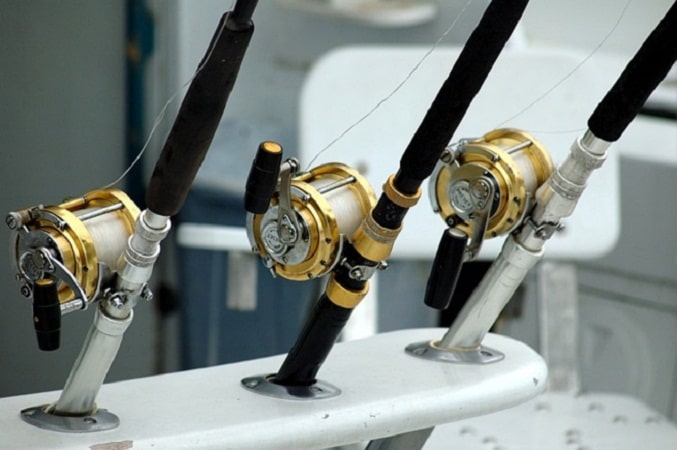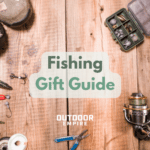Experienced anglers are usually better served by purchasing their rods and reels separately, while beginning anglers are often better off purchasing one of the rod and reel combos offered by manufacturers.
However, there are also times when it makes sense for beginning anglers to follow the footsteps of the pros, and separately purchase a wheel and a rod. It just depends on the situations you fish, your relative knowledge and other factors.
Guide Questions
Ask yourself these questions and let your answers guide your approach.
How much fishing experience do you have?
If you’ve never gone fishing or you only have a handful of outings under your belt, you’ll have more fun by simply purchasing one of the combo units available on the market.
In most cases, the manufacturer pairs the rod with a suitable reel that works well with it. This eliminates any guess-work of the equation and let you start catching fish.
Do you understand how to match a rod with a good reel?
You can’t just take any old reel, slap it on your pole and start fishing like a pro.
You have to match a rod with a wheel that suits it. This means understanding the difference between spinning and casting gear, including things like gear ratios and matching your lure weight and line weight with both the stick and reel.
Combo units typically spell out these decisions for you by simply printing the recommended line weight and lure size range on the blank.
Do you have a specific or general purpose for the rod?
If you intend to use the pole solely for trout fishing in small streams, you should probably put together a rod and reel well-suited for the task.
On the other hand, if you intend to fish for bluegill on a farm pond one day and then target catfish in a large reservoir the next day, a general-purpose rod and reel will work better than a specialized one that you have hand matched yourself.
Are you going to use this rod for an unusual presentation or fishing style?
Most rod and reel combos offered by manufacturers are designed to be functional for most common presentations styles and lures.
For example, most bass-fishing combo kits are designed to work adequately regardless if you are fishing with a crankbait, a topwater lure or a worm. However, these types of combos are unlikely to excel at any of these individual applications.
By contrast, you can create an excellent fishing stick and reel for any of these techniques by matching a specific rod with a specific reel.
Are you going to use the rod to catch other fish species aside from the ones intended for it?
If you are trying to catch a variety of fish, or you are only trying to catch some of the most popular freshwater species (bass, bluegill, crappie and catfish, among others), you’ll probably be fine going with a combo unit.
However, if you set your sites on more unusual quarry – maybe you like to drag a 60-pound carp from the local reservoir or perhaps you intend to catch peacock bass and bowfins – you’ll have better results by creating your own rod and reel combination than by using a manufacturer-packaged combo unit.
How much is the budget for your new rod and reel?
Anglers with limited budgets are generally better served by purchasing a combo rod and reel package. These packages are priced at slightly below the cost of the components if purchased separately, so this allows you to save a little more money in the process.
Additionally, there are only limited options available for budget-conscious anglers. So the difference between the reel that comes in a combo kit and the one you will personally select is minimal at best.
By contrast, anglers with much bigger budgets are able to select from a wide variety of rods and reels and are not typically influenced by saving $10 or $20 by purchasing a pre-selected combo kit.
What does your gut tell you to buy?
Although it seems like a frivolous consideration, happy anglers always trust their gut instincts — whether they are trying to decide which lure color to use or purchase a rod and reel combo or separate components.
The difference for most beginning anglers will be subtle enough that it won’t matter very much, while experienced anglers often already know they’d rather mix and match components themselves.
In both cases, the angler is best served by simply listening to that little voice inside their head.





